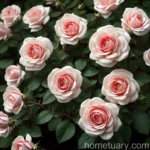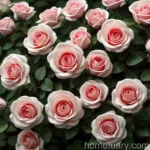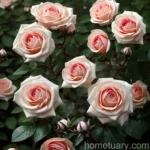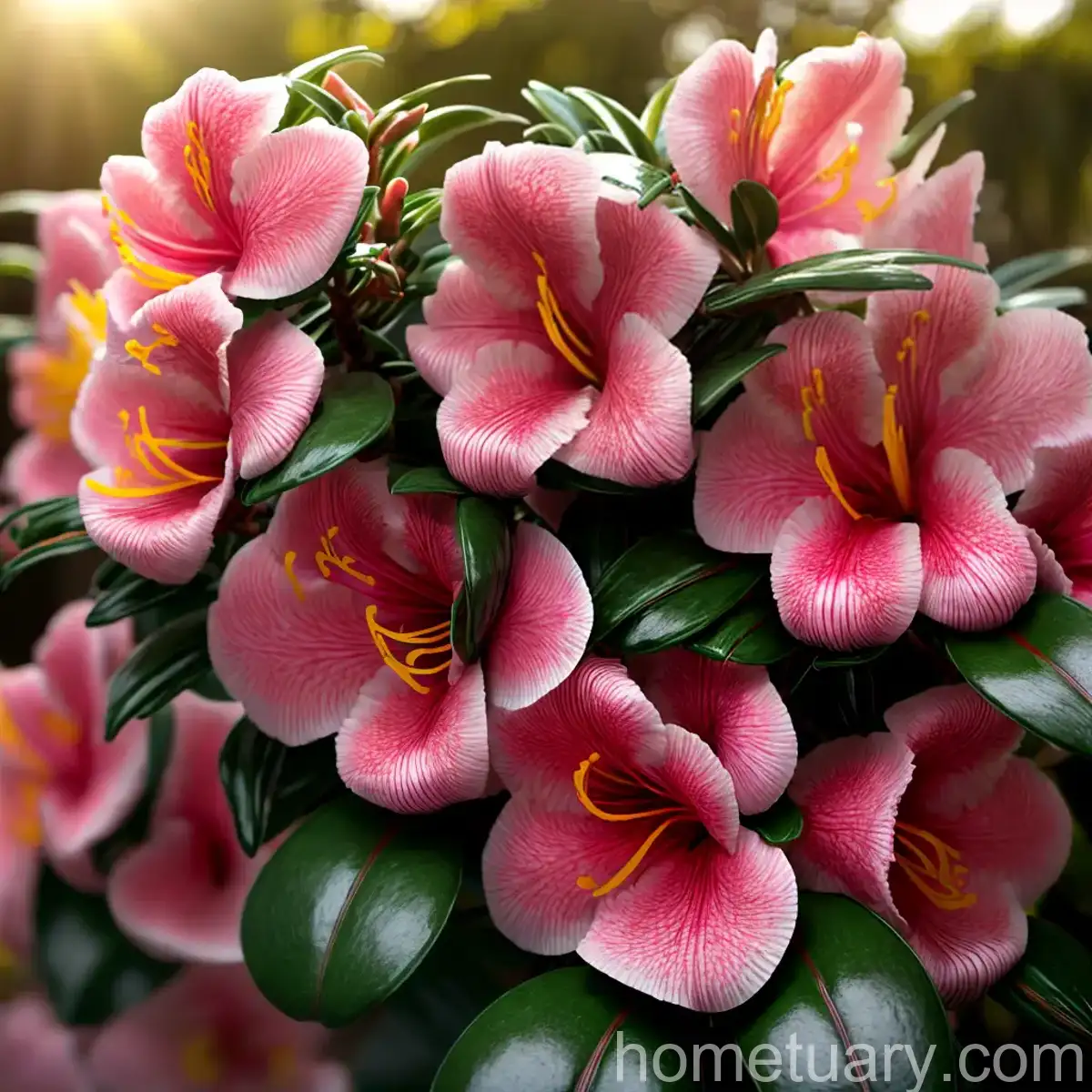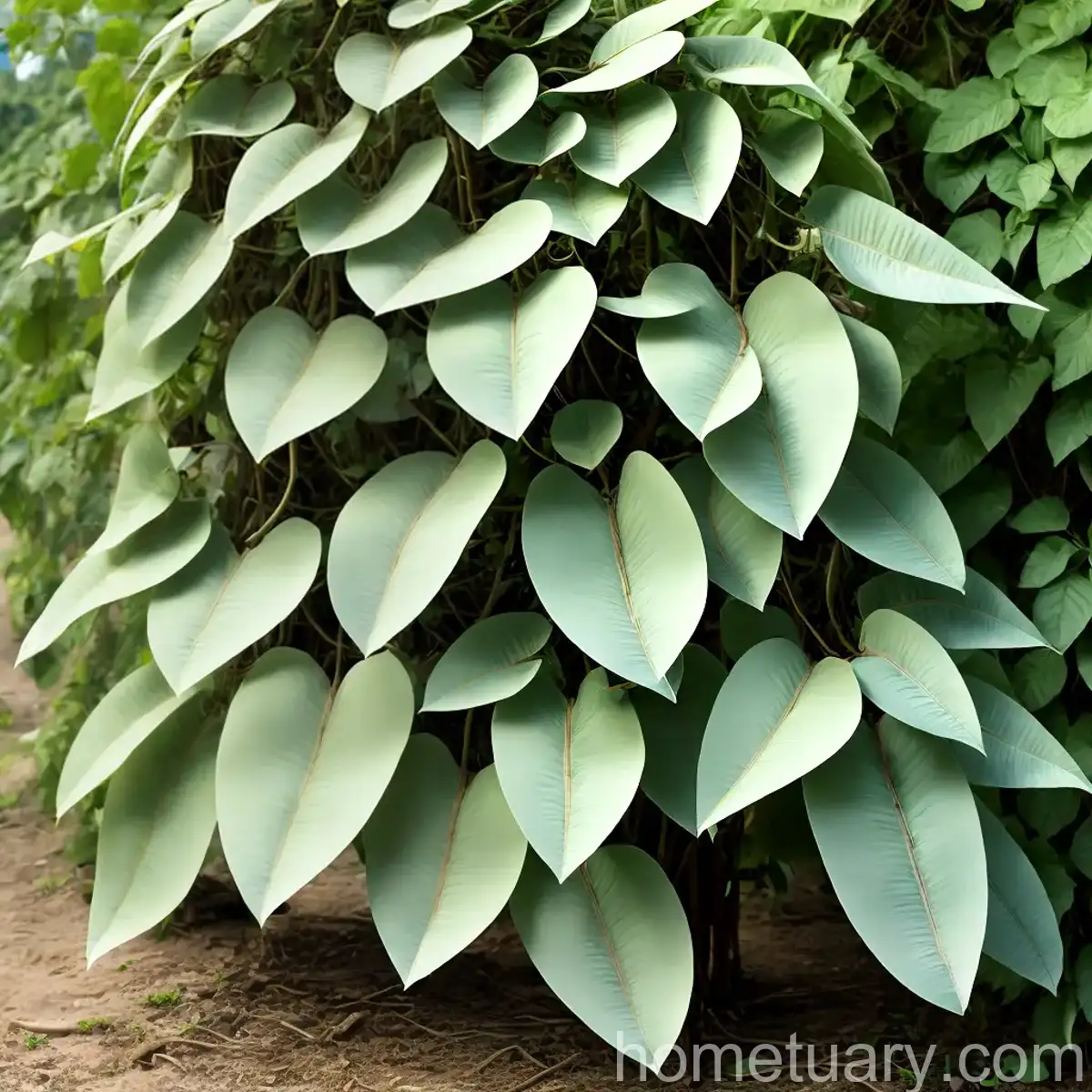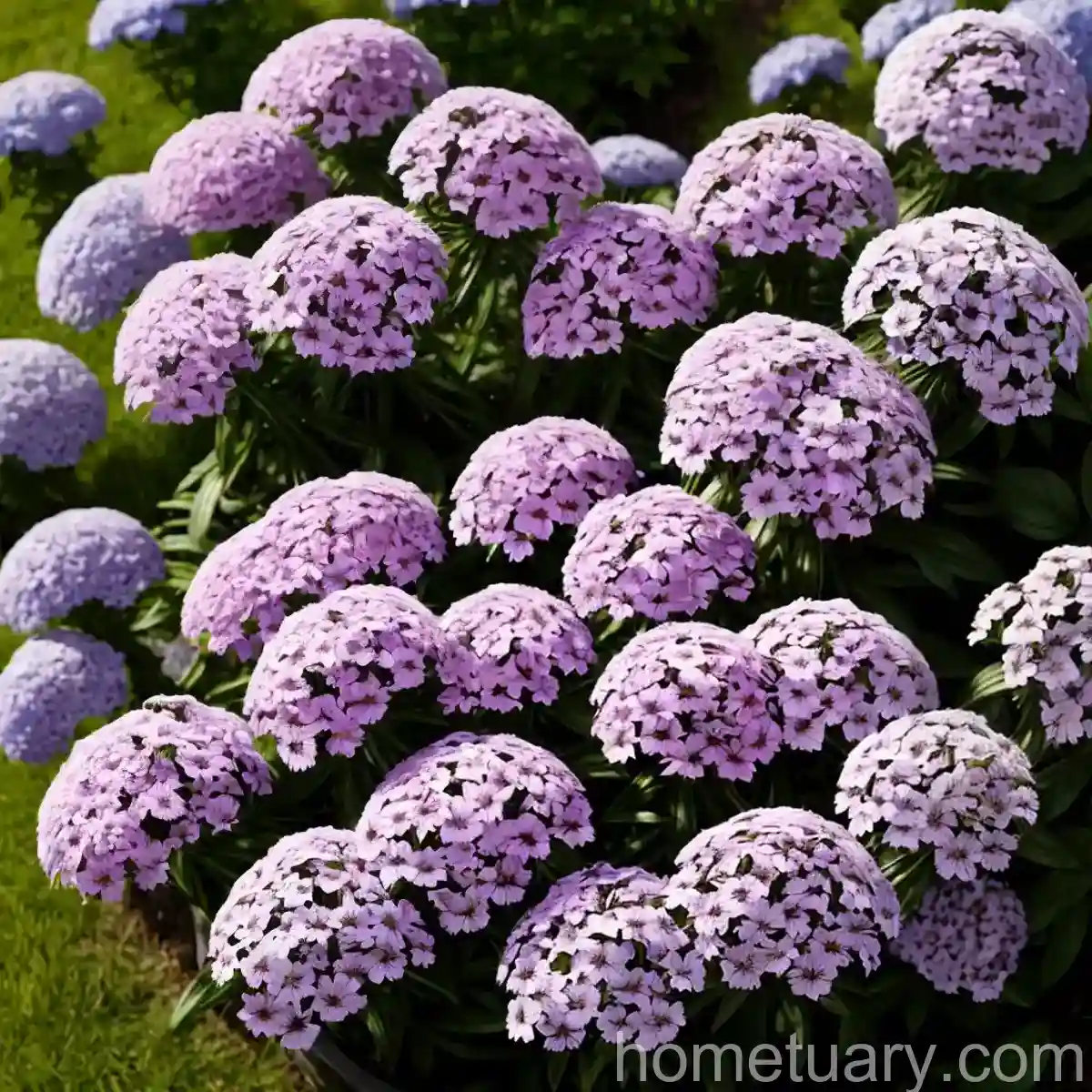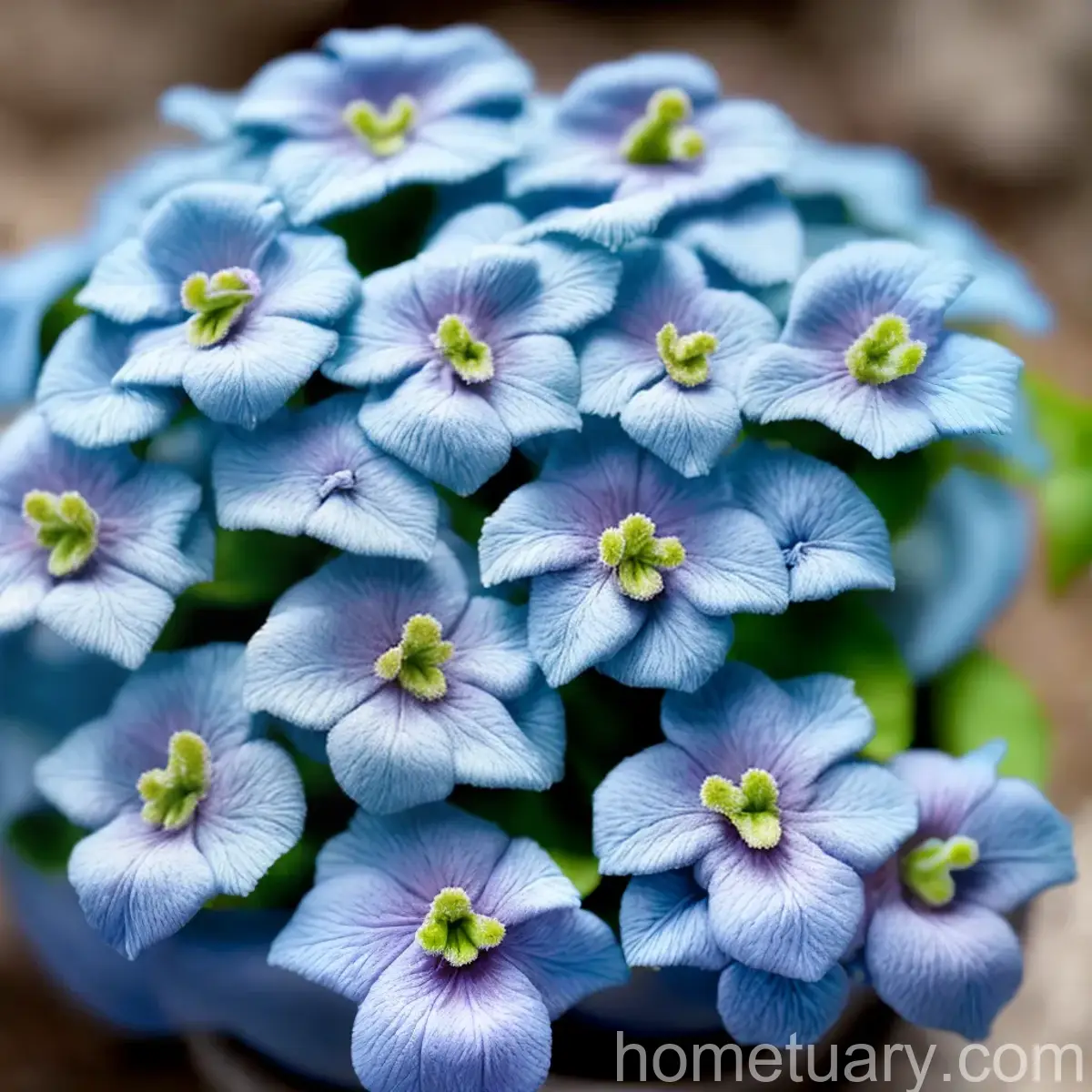Banksian Rose (Rosa banksiae var. banksiae): A Complete Guide
The Rosa banksiae var. banksiae, commonly known as the Banksian rose, is a stunning climbing rose species that has captured the hearts of gardeners for centuries. Its delicate yellow blooms and vigorous growth habit make it a popular choice for adorning trellises, arbors, pergolas, and fences. In this comprehensive guide, we will explore the key aspects of the Banksian rose, including its culture, uses, care requirements, propagation methods, common diseases and pests, as well as botanist’s tips and fun facts. Whether you’re a seasoned gardener or a newcomer to the world of climbing plants, this guide will equip you with the knowledge and skills to cultivate and enjoy the beauty of the Banksian rose in your own garden.
Key Takeaways
Before we delve into the specifics of cultivating and caring for the Banksian rose, let’s take a moment to highlight the key takeaways that will be covered in this guide:
-
Banksian Rose Varieties: Explore the different varieties of Banksian roses available for garden cultivation.
-
Rosa banksiae var. banksiae Characteristics: Learn about the unique characteristics and features of the Rosa banksiae var. banksiae species.
-
Climbing Roses for Various Garden Structures: Discover the versatile uses of Banksian roses for trellises, fences, arbors, pergolas, and container gardening.
-
Care and Maintenance: Understand the essential care requirements, including watering, sunlight, fertilizer, soil, pruning, and propagation techniques.
-
Common Diseases and Pests: Identify potential diseases and pests that may affect Banksian roses and learn how to address them effectively.
-
Botanist’s Tips and Fun Facts: Gain insights and interesting facts about the Banksian rose from a botanist’s perspective.
Now, let’s embark on a journey to uncover the beauty and allure of the Banksian rose.
What is the Banksian Rose (Rosa banksiae var. banksiae)?
The Banksian rose, scientifically classified as Rosa banksiae var. banksiae, is a species of climbing rose that belongs to the Rosaceae family. This charming and vigorous climber is native to China and is named after the renowned botanist, Joseph Banks. The Rosa banksiae species is known for its abundant clusters of small, fragrant, double yellow flowers that exude a delightful, sweet fragrance, making it a captivating addition to any garden landscape.
Banksian Rose Varieties
While the Rosa banksiae var. banksiae is the most well-known variety, there are several other types and cultivars of Banksian roses that offer unique characteristics and appearances. Exploring the different varieties can enrich the diversity of Banksian roses in your garden and introduce an array of colors, growth habits, and bloom sizes. Some popular Banksian rose varieties include:
| Variety Name | Features |
|---|---|
| Rosa banksiae var. banksiae | Double yellow flowers, vigorous growth habit, thornless canes |
| Rosa banksiae ‘Lutea’ | Single, small yellow flowers, vigorous climber, ideal for large spaces |
| Rosa banksiae ‘Alba Plena’ | Double white flowers, sweet fragrance, suitable for trellises and fences |
| Rosa banksiae ‘Purezza’ | Double white flowers, robust and disease-resistant, excellent for coastal areas |
Each variety of Banksian rose brings its unique charm and appeal, allowing gardeners to create visually stunning displays and enhance their outdoor spaces with the beauty of these exquisite climbing roses.
Culture
Understanding the cultural requirements of the Banksian rose is fundamental to its successful cultivation. From its preferred growing conditions to its uses in different garden settings, the cultural aspects of the Rosa banksiae var. banksiae play a crucial role in nurturing its health and promoting abundant flowering.
Uses
Banksian roses are celebrated for their versatility in garden landscaping, owing to their climbing nature and profusion of blooms. Their primary uses include:
-
Trellises: Adorning trellises with the cascading blooms of Banksian roses can create a breathtaking focal point in the garden while adding vertical interest and charm.
-
Fences and Walls: These climbing roses lend themselves beautifully to covering fences and walls, softening harsh architectural lines and infusing the space with a romantic ambiance.
-
Arbors and Pergolas: The vigorous growth habit of Banksian roses makes them well-suited for embellishing arbors and pergolas, providing natural shade and a captivating floral canopy.
-
Container Gardening: Certain varieties of Banksian roses thrive in containers, making them an excellent choice for patios, balconies, and other outdoor spaces with limited ground area.
-
Landscape Ornamentation: Whether sprawling across a garden structure or cascading down a slope, Banksian roses contribute to the aesthetic appeal of gardens, parks, and public landscapes.
With their adaptability to various garden structures, Banksian roses offer endless possibilities for creative garden design and outdoor decor.
Water
Proper watering is essential for the health and vigor of Banksian roses, particularly during the establishment phase and the flowering period. While the watering needs may vary based on local climate and soil conditions, the following guidelines can be valuable for maintaining optimal moisture levels:
-
Establishment Phase: Newly planted Banksian roses require regular watering to support root development. Provide thorough watering at the base of the plant, ensuring that the root ball is adequately moist.
-
Flowering Period: During the flowering season, maintain consistent moisture levels to support healthy blooming and prevent water stress. Monitor soil moisture regularly, especially during dry spells, and adjust the watering frequency as needed.
-
Avoid Waterlogging: While Banksian roses appreciate moist soil, they are susceptible to root rot if subjected to waterlogged conditions. Ensure proper drainage to prevent water accumulation around the roots.
-
Morning Watering: Watering in the morning allows foliage to dry off during the day, reducing the risk of fungal diseases. It also provides ample moisture for the plants to thrive throughout the day.
Understanding the specific watering needs of Banksian roses based on their growth stage and environmental factors is crucial for sustaining their vitality and floral abundance.
Sunlight
Adequate sunlight is paramount for the flourishing of Banksian roses, as it directly impacts their growth, flowering capacity, and overall robustness. Optimal sunlight conditions for Banksian roses include:
-
Full Sun: Banksian roses thrive in full sun exposure, receiving at least 6 to 8 hours of direct sunlight daily. Planting them in a location with ample sunlight promotes vigorous growth and abundant flowering.
-
Partially Shaded Areas: While Banksian roses prefer full sun, they can tolerate partial shade, especially in regions with intense afternoon sunlight or high temperatures. However, consistent exposure to partial shade may reduce their flowering intensity.
-
Morning Sun: Positioning Banksian roses in areas that receive morning sun exposure is beneficial, as it allows the foliage to dry from dew or rain, reducing susceptibility to diseases and promoting overall plant health.
By selecting a sunny location and providing the necessary sunlight for Banksian roses, gardeners can encourage robust growth and a profusion of charming yellow blooms.
Fertilizer
Supplementing Banksian roses with appropriate fertilizers enhances their nutrient uptake, supports healthy growth, and promotes recurrent flowering. Understanding the timing, types, and application methods of fertilizers can significantly impact the performance of these climbing roses.
-
Timing: Begin fertilizing Banksian roses in early spring, as new growth emerges. Apply additional doses during the growing season to sustain their vigor and flowering potential.
-
Fertilizer Types: Select a balanced, slow-release fertilizer formulated for roses or flowering plants. Look for fertilizers with a higher potassium content to support flower production and overall plant resilience.
-
Application Method: Spread the fertilizer evenly around the base of the plant, avoiding direct contact with the stems. Water the area after application to facilitate the absorption of nutrients into the soil.
-
Organic Amendments: Incorporating organic matter, such as compost or well-rotted manure, into the soil around Banksian roses enriches the soil structure and fosters a healthy environment for root development.
Adhering to a consistent fertilization schedule and utilizing suitable fertilizers contribute to the vitality and blooming prowess of Banksian roses, ensuring a splendid display of yellow flowering climbers.
Soil
The soil composition and quality play a pivotal role in sustaining the health and vigor of Banksian roses. Understanding the ideal soil characteristics and making necessary amendments can profoundly impact the growth and blooming capacity of these climbing beauties.
-
Well-Draining Soil: Banksian roses thrive in well-draining, loamy soil that prevents waterlogging and facilitates adequate aeration for the roots. Amending heavy clay soils with organic matter enhances their drainage and fertility.
-
Soil pH: Banksian roses exhibit optimal growth in slightly acidic to neutral soil with a pH range of 6.0 to 7.0. Conducting a soil test can help determine the pH level and guide the application of appropriate soil amendments.
-
Nutrient-Rich Soil: Enrich the soil with a balanced blend of organic nutrients, such as compost, well-rotted manure, and organic fertilizers, to provide a fertile and supportive medium for Banksian roses to thrive.
-
Mulching: Applying a layer of organic mulch around the base of Banksian roses helps conserve soil moisture, suppresses weed growth, and regulates soil temperature, promoting overall plant health.
By prioritizing soil quality and ensuring an optimal growing medium, gardeners can create a nurturing foundation for the robust growth and prolific blooming of Banksian roses.
Pruning
Pruning is an essential horticultural practice for shaping, maintaining, and rejuvenating Banksian roses, supporting their overall health and continuous flowering. Understanding the pruning techniques, timing, and objectives for Banksian roses is crucial for achieving well-manicured and floriferous climbers.
-
Pruning Timing: Conduct major pruning tasks, including shaping and size control, during the dormant season in late winter or early spring before new growth emerges. Light pruning and deadheading can be performed throughout the growing season as needed.
-
Objective: Pruning aims to remove dead, diseased, or crowded growth, improve air circulation, and stimulate healthy new growth and flowering wood. It also helps maintain the desired shape and size of Banksian roses.
-
Pruning Techniques: Utilize sharp and clean pruning shears to make precise cuts at a 45-degree angle just above a bud or outward-facing leaflet. Remove crossed or downward-growing canes to encourage an open and balanced growth habit.
-
Deadheading: Regularly remove spent blooms by cutting them back to a set of healthy leaves or an outward-facing bud, promoting continuous flowering and preventing the formation of hips.
Adhering to proper pruning practices tailored to the growth habit and blooming pattern of Banksian roses is instrumental in fostering their long-term health and aesthetic appeal in the garden.
Propagation
The propagation of Banksian roses allows gardeners to expand their collection, preserve unique varieties, and share the beauty of these climbing roses with others. Understanding the methods of propagation and the optimal timing for each technique is essential for successful reproduction.
-
Softwood Cuttings: Propagate Banksian roses from softwood cuttings taken in early summer when the stems are still tender and pliable. Prepare the cuttings with a rooting hormone and plant them in a well-draining medium to encourage root development.
-
Hardwood Cuttings: Harvest hardwood cuttings from mature, established plants during the dormant season in late winter. Treat the cuttings with a rooting hormone and plant them in a suitable rooting medium to facilitate the formation of new roots.
-
Layering: Encourage the natural formation of roots by layering a low growing branch of a Banksian rose. Create a small wound on the lower portion of the stem, apply rooting hormone, and bury it in the soil to promote the development of new roots.
-
Division: Divide established Banksian rose plants to create new specimens, ensuring that each division has a sufficient root system and a portion of healthy growth for successful establishment.
By employing the appropriate propagation methods and providing the necessary care, gardeners can propagate Banksian roses with confidence and expand the presence of these captivating climbers in their gardens.
Container Popularity
In addition to thriving in traditional garden settings, Banksian roses have gained popularity in container gardening, offering a unique and enchanting presence in confined outdoor spaces and on various hardscapes.
Container Gardening Benefits
The adaptability of certain Banksian rose varieties to container gardening presents a myriad of benefits for gardeners seeking to incorporate these captivating climbers into their outdoor decors:
-
Space Optimization: Banksian roses in containers optimize spatial use, providing an opportunity to cultivate these climbing roses in smaller gardens, patios, balconies, or other confined outdoor environments.
-
Mobility and Versatility: Container-grown Banksian roses offer the flexibility to be repositioned as needed, creating movable focal points and adapting to dynamic garden designs and space utilization.
-
Aesthetics and Elegance: The cascading nature of Banksian roses in containers adds an element of grace and elegance to hardscapes, including terraces, courtyards, and paved patios, infusing them with natural beauty.
-
Accessibility and Maintenance: Maintaining container-grown Banksian roses involves convenient access for watering, fertilizing, and monitoring their growth, facilitating their care and maintenance.
Container Selection and Care
Selecting appropriate containers and implementing proper care practices are pivotal for the success and longevity of Banksian roses in container gardening.
-
Container Size: Choose spacious containers that accommodate the vigorous root system of Banksian roses and provide ample room for growth. Opt for containers with adequate drainage holes to mitigate waterlogging.
-
Growing Medium: Utilize a well-draining potting mix formulated for roses or woody ornamental plants to support healthy root development and moisture regulation in the containers.
-
Watering and Fertilization: Monitor the moisture levels of the growing medium regularly and water container-grown Banksian roses as needed to maintain consistent soil moisture. Apply a balanced, slow-release fertilizer suitable for container plants to bolster their nutrient intake.
-
Support and Training: Provide sturdy supports, such as trellises or stakes, for container-grown Banksian roses to encourage their climbing habit and guide their growth upward. Secure the canes to the support for stability and proper training.
By embracing container gardening, gardeners can enrich their outdoor spaces with the grace and allure of Banksian roses, transcending the conventional limitations of traditional garden beds and enhancing the visual appeal of various hardscapes.
Common Diseases
While Banksian roses are generally robust and disease-resistant, they can be susceptible to certain common diseases that may impact their overall health and flowering capacity. Recognizing the symptoms and addressing these diseases promptly is essential for safeguarding the vitality of Banksian roses.
Disease Diagnosis
Diagnosing and identifying common diseases that may affect Banksian roses is crucial for implementing targeted management and control strategies.
-
Powdery Mildew: Characterized by the presence of white, powdery fungal growth on the leaves, stems, and buds, powdery mildew can hinder the photosynthetic capacity of Banksian roses and compromise their vigor.
-
Black Spot: Exhibiting circular, black lesions on the foliage, black spot is a common fungal disease that can defoliate Banksian roses and weaken their overall resilience.
-
Botrytis Blight: Affecting the flower buds and petals, botrytis blight causes the development of gray mold, leading to flower decay and potential bud drop in Banksian roses.
-
Root Rot: Excessive moisture or poorly drained soil can predispose Banksian roses to root rot, resulting in wilted foliage, stunted growth, and overall decline in plant health.
Disease Management
Implementing proactive and integrated disease management practices can mitigate the impact of common diseases on Banksian roses and preserve their robustness and blooming prowess.
-
Cultural Practices: Maintain good air circulation around Banksian roses by proper spacing and pruning to minimize the favorable conditions for fungal diseases such as powdery mildew and black spot.
-
Sanitation: Regularly clean up fallen leaves, plant debris, and pruned materials around Banksian roses to reduce the risk of disease spore proliferation and reinfection.
-
Fungicidal Treatments: Consider applying fungicidal sprays or treatments labeled for the specific diseases affecting Banksian roses, following the manufacturer’s instructions for dosage and application frequencies.
-
Soil and Drainage Management: Ensure proper soil drainage and avoid overwatering to mitigate the risk of root rot and associated fungal infections in Banksian roses.
By adopting a multifaceted approach to disease management and integrating preventive measures into the care regimen, gardeners can fortify and protect Banksian roses against common diseases, nurturing their health and longevity.
Common Pests
While Banksian roses are generally resilient to pests, certain insect adversaries may pose a threat to their foliage, blooms, and overall vitality. Recognizing the signs of pest infestations and implementing targeted pest control measures can safeguard the health and beauty of Banksian roses.
Common Pests Affecting Banksian Roses
-
Aphids: Small, soft-bodied insects that congregate on the new growth and buds of Banksian roses, sucking sap and causing distorted foliage and bud damage.
-
Spider Mites: Microscopic pests that infest the undersides of Banksian rose leaves, causing stippling, discoloration, and webbing, leading to weakened plant vigor.
-
Thrips: Tiny insects that feed on Banksian rose flower buds and petals, causing flower distortion, discoloration, and premature bud drop.
-
Rose Chafers: Beetles that chew on the foliage and petals of Banksian roses, leading to defoliation and aesthetic damage.
Pest Control and Management
Implementing effective pest control measures tailored to the specific pest species ensures the protection and vitality of Banksian roses.
-
Biological Control: Encourage natural predators, such as ladybugs and lacewings, to control aphid populations and maintain a balanced ecosystem around Banksian roses.
-
Horticultural Oils and Insecticidal Soaps: Apply horticultural oils or insecticidal soaps to suffocate and eliminate spider mites, thrips, and aphids infesting Banksian roses while minimizing harm to beneficial insects.
-
Mechanical Control: Handpick and remove rose chafers from Banksian roses, especially during the early morning hours when they are less active, to reduce their population and mitigate damage.
-
Integrated Pest Management (IPM): Embrace an IPM approach by combining cultural practices, biological control, and selective pesticide applications to effectively manage pest populations while minimizing environmental impact.
By vigilantly monitoring for signs of pest activity and integrating targeted pest control strategies, gardeners can safeguard the health and beauty of Banksian roses, ensuring their continuous splendor in the garden landscape.
Botanist’s Tips
Aspiring to cultivate and care for Banksian roses with a keen botanist’s insight can illuminate the intricacies of these captivating climbers and elevate the gardening experience. Here are some expert tips inspired by botanists to optimize the growth and enchanting allure of Banksian roses:
-
Understanding Growth Habits: Recognize the growth habits and natural tendencies of Banksian roses, allowing them to express their climbing nature and form expansive floral displays.
-
Adequate Support Structures: Provide sturdy and appropriate support structures, such as trellises or arbors, to guide the growth of Banksian roses and accommodate their climbing habit without constriction.




